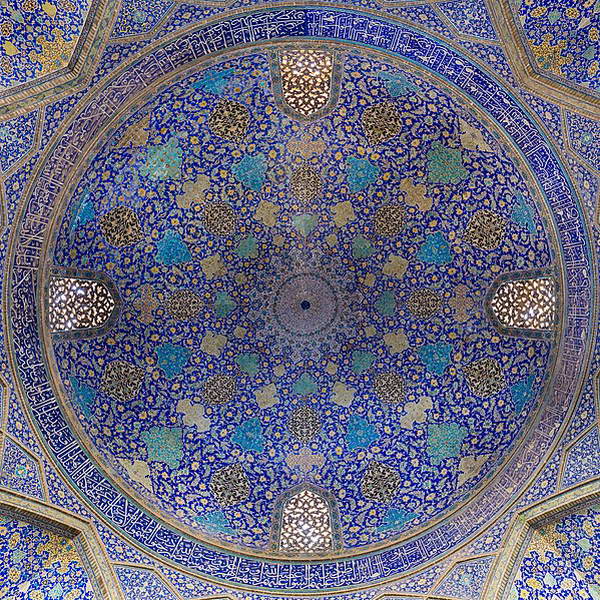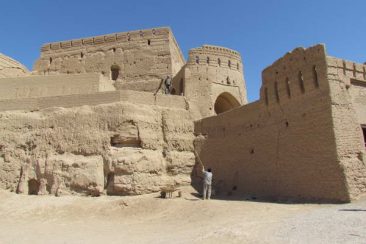Historical Shah Mosque, also known as the Abbasi Grand Mosque and the Imam Mosque, is the most important historical mosque in Isfahan and one of the mosques in Naghshe Jahan Square, which was built during the Safavid period and is considered one of the most important buildings of Islamic architecture in Iran. The Abbasi Grand Mosque, along with Naghshe Jahan Square, is a UNESCO World Heritage Site.
The Shah Mosque, which is located on the south side of Naghshe Jahan Square, was started in 1020 AH by the order of Shah Abbas I, in the twenty-fourth year of his reign, and its decorations and additions were completed during the reign of his successors. Shah Mosque is one of the architectural and tiling masterpieces of Iran in the 11th century AH.
The height of the huge dome of Shah Mosque is 52 meters and its diameter is 23.5 meters and the height of the minarets inside it is 48 meters and the height of the entrance minarets in Naghshe Jahan Square is 40 meters. One of the interesting points in the Abbasi Grand mosque is the reflection of sound in the center of the Great Southern Dome.
This huge mosque has two symmetrical naves on the east and west sides of the courtyard. There are two schools symmetrically at the southwest and southeast angles, which also have rooms for religious students. The height of the south large porch of the Shah mosque is 33 meters and there are two minarets on its sides, each of which is 48 meters high. These two minarets are decorated with tiles and the names of Mohammad and Ali are repeatedly engraved on it. The main decorations of the Abbasi Grand mosque are made of seven-colored clay tiles. There are a total of seven large Sangabs in the Shah Mosque.
Google map link of Historical Shah Mosque




















